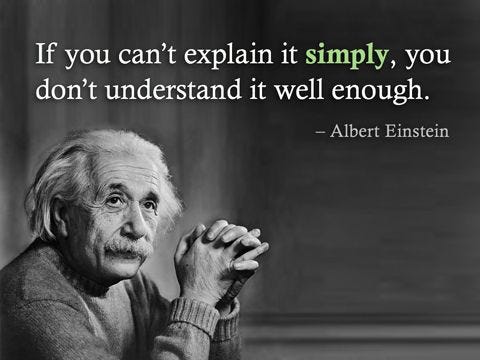
One of the most effective ways to learn something deeply is to teach it. This might sound surprising, but research consistently shows that explaining information to someone else strengthens understanding and long-term memory. When students take on the role of the teacher, they move from passively absorbing facts to actively processing and applying them.
Teaching requires organisation of thought. To explain a topic clearly, students must identify the main ideas, link them together and fill in any gaps in their understanding. This process forces them to think critically about what they know and what they do not. In doing so, they naturally strengthen recall and comprehension. For example, when a student explains a maths concept like fractions to a sibling or parent, they must use their own words, which helps to internalise the logic behind the method rather than memorising steps.
This approach works across all subjects. In English, summarising a text for someone else helps students identify key themes and arguments. In science, explaining an experiment or formula reinforces cause-and-effect thinking. Even in history, teaching events to a friend encourages connections between time periods and ideas, which improves essay writing later on.
Parents and tutors can encourage this by asking students to “teach back” what they’ve learned. It doesn’t need to be formal. A quick explanation of a concept after homework, or a mini presentation on a favourite topic, can turn review time into active learning.
When students teach, they gain confidence in their own abilities and develop communication skills that extend beyond the classroom. Most importantly, they discover that true understanding means being able to explain something clearly. By learning through teaching, students don’t just remember more—they think more deeply and learn more effectively.
Freddie Le Vay

